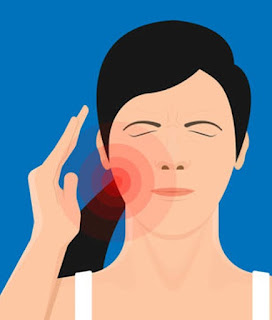Multiple Keratoacanthomas Following COVID-19 Vaccination
Keratoacanthomas are a type of skin growth that can be found in people of any age or gender but are more common in older individuals. They are characterized by a raised, round, or dome-shaped lesion that is typically filled with a thick, yellowish-brown crusty material.
Keratoacanthomas are typically caused by sun exposure, chemical carcinogens, cancer drugs such as vemurafenib and diabrafenib, recent injury to the skin, and other factors such as genetics and hormonal changes. Human papilloma virus (HPV) has been also suggested as a causal factor.
A new case report published in JMIR Dermatology describes a novel case of a healthy 86-year-old man who experienced an eruption of multiple keratoacanthomas 2 weeks after vaccination with the Moderna mRNA-1273 vaccine. 12 days after his second dose of the vaccine, he began to experience severe pruritus of the lower pretibial area, and within 2 days, he noticed red nodules on the bilateral legs. Prior to this, the patient did not experience any previous cutaneous signs or symptoms that were concerning for keratoacanthomas on the bilateral legs. A shave biopsy of the left calf (arrow) 1 week later demonstrated a well-differentiated keratoacanthoma-type squamous cell carcinoma (SCC). There were 11 other similar lesions at the time of initial presentation; however, none were biopsied. Of note, there were no lesions at the vaccination site. The lesion was cleared via Mohs surgery in 2 stages; however, the area was complicated by infection and required almost 2 months to heal. Keratoacenthomas finally resolved following treatment with intralesional 5-fluorouracil.
The role of skin microbiota in the progression of this low-grade skin tumor is not well understood Wood et al, 2018 found that Staphylococcus aureus was relatively more abundant in lesional skin of patients with Keratoacanthomas.
REFERENCE
Ahmed F, Memon N, Haque A. Multiple Keratoacanthomas Following Moderna Messenger RNA-1273 COVID-19 Vaccination Resolved With 5-Fluorouracil Treatment: Case Report. JMIR Dermatol. 2022 Dec 1;5(4):e41739. doi: 10.2196/41739. PMID: 36504544; PMCID: PMC9720466.




Comments
Post a Comment